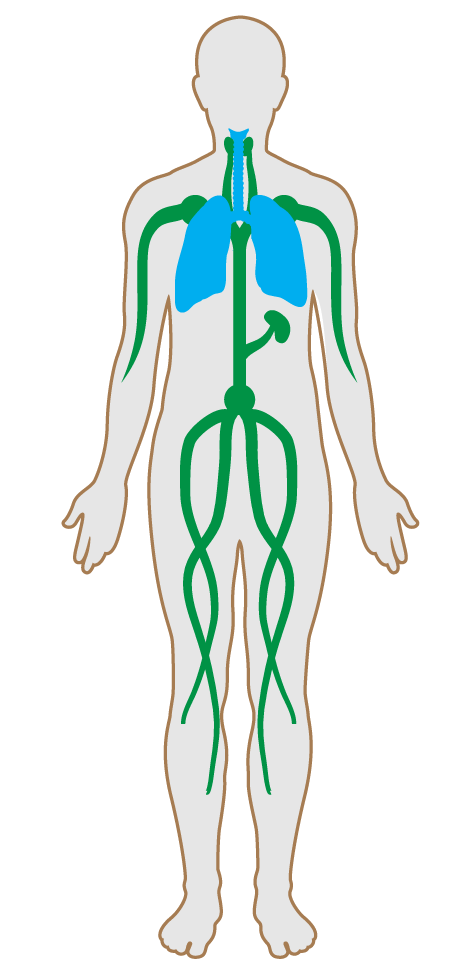Humidity control
- 1 Air quality standards
- 2 Smoking ban
- 3 Ventilation effectiveness
- 4 VOC reduction
- 5 Air filtration
- 6 Microbe and mold control
- 7 Construction pollution management
- 8 Healthy entrance
- 9 Cleaning protocol
- 10 Pesticide management
- 11 Fundamental material safety
- 12 Moisture management
- 13 Air flush
- 14 Air infiltration management
- 15 Increased ventilation
- 16 Humidity control
- 17 Direct source ventilation
- 18 Air quality monitoring and feedback
- 19 Operable windows
- 20 Outdoor air systems
- 21 Displacement ventilation
- 22 Pest control
- 23 Advanced air purification
- 24 Combustion minimization
- 25 Toxic material reduction
- 26 Enhanced material safety
- 27 Antimicrobial surfaces
- 28 Cleanable environment
- 208 Injury prevention
16. Humidity control
Extremely low humidity is associated with the aerosolization of microbes and the persistence of dust, which can be irritating to the skin, eyes and mucous membranes. Conversely, high humidity is associated with the development of mold and other organisms that produce odors and can be irritating to sensitive individuals.
This feature requires buildings to provide humidification when relative humidity is low and dehumidification when relative humidity is high. This feature is dependent on local climate conditions and expected humidity.
Monitors measure 2 of the following pollutants in a regularly occupied space within the building, at intervals no longer than once an hour, and results are annually transmitted to the IWBI:
The following is required between showers and locker rooms, if present:

Applicability Matrix
| Core & Shell | Tenant Improvement | New Construction | |
|---|---|---|---|
| Part 1: Indoor Air Monitoring | - | O | O |
| Part 2: Shower Moisture Barrier | - | - | - |
| Part 3: Kitchen Humidity | - | - | - |
| Commercial Kitchen | Schools | Multifamily Residential | Restaurant | Retail | |
|---|---|---|---|---|---|
| Part 1: Indoor Air Monitoring | O | O | O | O | O |
| Part 2: Shower Moisture Barrier | - | O | - | - | - |
| Part 3: Kitchen Humidity | - | - | - | - | - |
Verification Methods Matrix
| Letters of Assurance | Annotated Documents | On-Site Checks | |
|---|---|---|---|
|
PART 1 (Design) Indoor Air Monitoring |
MEP | ||
|
PART 2 (Design) Shower Moisture Barrier |
Architectural Drawing |
| 16.1.a |
The EPA's A Brief Guide to Mold, Moisture, and Your Home recommends maintaining relative humidity between 30% and 50%. |
| 16.2.a |
The guide states to consider an airlock or ventilation barrier between showers and locker rooms. |
